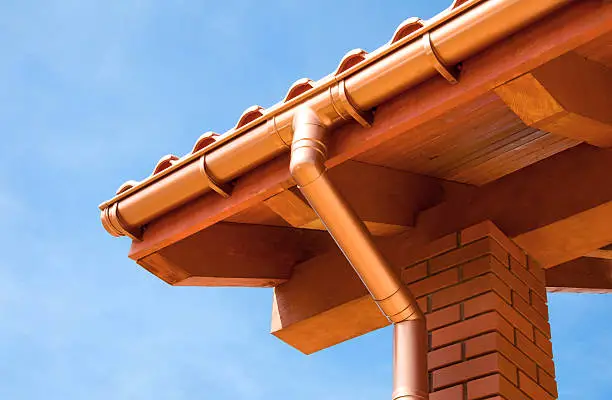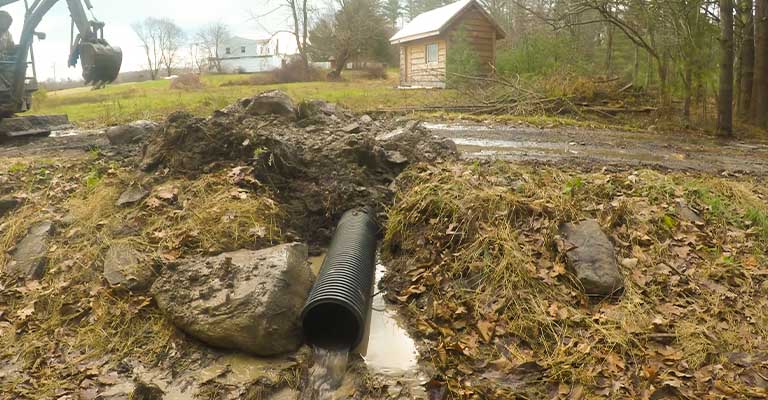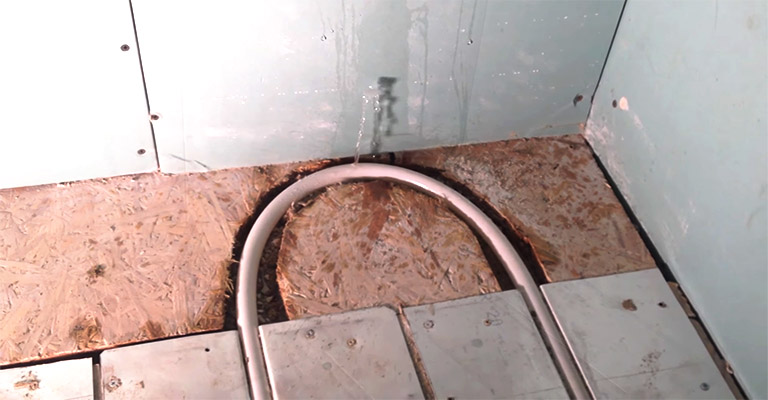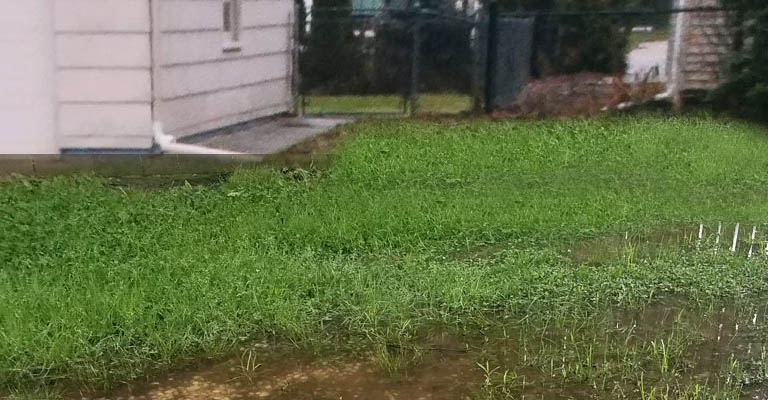Unraveling the Mystique of the Textured Ceiling
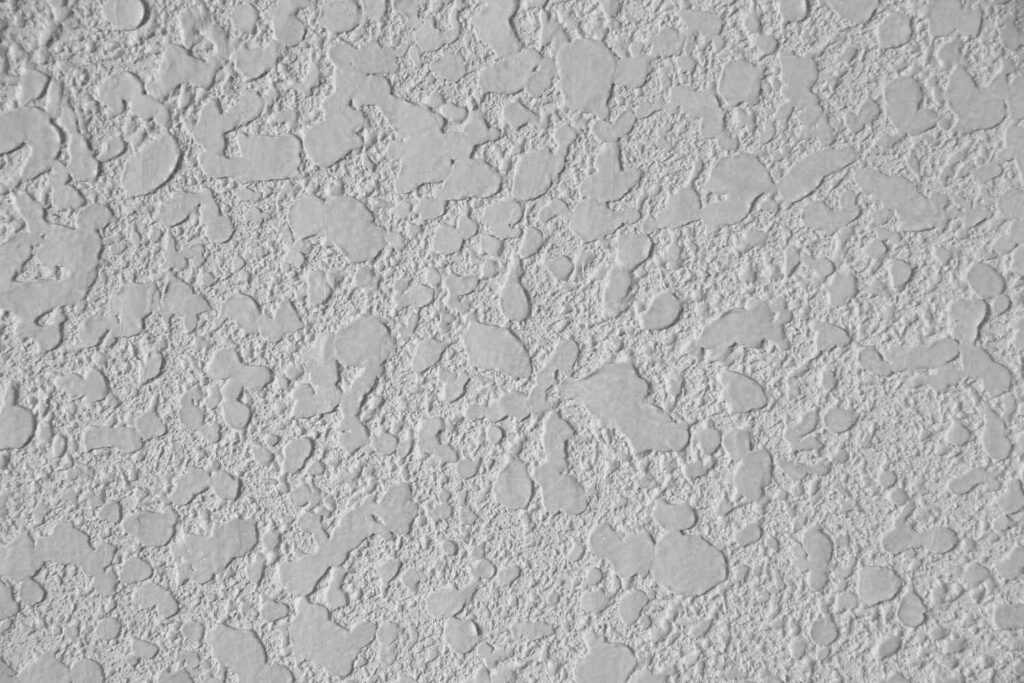
Textured ceilings, commonly known as ‘popcorn’ or ‘cottage cheese’ ceilings, have become a hot topic of discussion in the world of interior design. Their unique appearance and the techniques behind their installation and removal have garnered considerable interest over the years. If you’ve found yourself intrigued by textured ceilings, this guide will help demystify the subject for you.
What is a Textured Ceiling?
A textured ceiling refers to a finish that’s different from the standard flat ceiling. Instead of a smooth surface, these ceilings showcase patterns, such as swirls, stippling, or even a popcorn-like texture. These patterns can add dimension and character to a room, making them a favorite among homeowners and designers alike.
Why Choose a Textured Ceiling?
There are several reasons homeowners might opt for a textured ceiling:
Aesthetic Appeal
The varied patterns can be quite visually appealing, especially when complemented with the right lighting.
Camouflaging Imperfections
Textured finishes can conceal blemishes, cracks, or unevenness on the ceiling.
Acoustic Benefits
Some homeowners believe that these textures can help dampen sound within a room.
Methods of Application
There are a variety of techniques for achieving a textured ceiling. Some of the most popular methods include:
Stipple
This method uses a stippling brush to dab wet drywall compound onto the ceiling.
Swirl
This method involves applying the compound with a trowel and then using a brush to create a swirling pattern.
Spray-on
This is the technique that results in the ‘popcorn’ texture. A spray gun is used to shoot the compound, mixed with small Styrofoam balls, onto the ceiling.
Removal and Overhauling
One of the reasons textured ceilings have become a topic of debate is because of their removal process. Here are some things to consider if you’re thinking about removing or changing the texture:
Asbestos Concern
If your textured ceiling was installed before the 1980s, there’s a chance it contains asbestos. It’s crucial to get it tested before attempting any removal.
Messy Process
The removal can be messy. It involves wetting the texture with a water-vinegar mixture and then scraping it off.
Professional Help
If you’re not comfortable doing it yourself, consider hiring professionals. They’ll have the right tools and expertise to ensure the removal is done correctly and safely.
Textured Ceilings and Home Value
When considering textured ceilings, homeowners often wonder how it might impact their property’s value. While aesthetic preferences can vary widely among potential buyers, a well-maintained textured ceiling might not detract from a home’s value. However, outdated or poorly executed textures might not appeal to everyone and could be seen as a project for the new owner, potentially affecting the selling price.
Maintenance and Care
Like all parts of a home, textured ceilings require maintenance to keep them looking their best:
Dusting
These ceilings can trap dust, so regular cleaning is essential. Use a long-handled brush or a vacuum with a brush attachment.
Repairs
If a portion of the texture gets damaged, it can be challenging to match the original pattern perfectly. Small repair kits are available, but for larger areas, consulting a professional might be best.
Painting
Painting over a textured ceiling can refresh its look. It’s recommended to use a thick-nap roller to ensure paint reaches all parts of the texture.
Environmental Considerations
Modern textured ceiling products are much more environmentally friendly than those from a few decades ago. If you’re concerned about your home’s environmental footprint, seek out materials that are low-VOC (Volatile Organic Compounds) and made from sustainable resources.
Personalizing Your Textured Ceiling
If you decide to keep or add a textured ceiling, remember that it can be personalized. From the choice of pattern to the color of paint, there’s room for creativity. Some homeowners even add glitter to the mixture before application to create a subtle sparkle effect when light hits the ceiling.
The Future of Textured Ceilings
While textured ceilings had their heyday in the 70s and 80s, their popularity has waned in recent decades. Modern design trends lean more towards smooth and minimalistic ceilings. However, some homeowners still appreciate the unique charm and benefits that come with texture.
With the advancements in interior design and materials, it’s likely that new and improved textured ceiling options will emerge. These will cater to both aesthetic preferences and practical needs, offering homeowners the best of both worlds.
Final Thoughts
The entire ceiling texture spectrum, from popcorn ceiling texture to knockdown texture, has reshaped how homeowners perceive the fifth wall. The textured paint and orange peel ceiling texture, in particular, have gained momentum for their ability to add a distinct visual interest, especially when juxtaposed against smooth walls. This is not to mention the classic appeal of ceiling textures like lace texture and skip trowel texture, which utilize a thin layer of drywall mud or joint compound to achieve their unique finish.
The rise in the popularity of textured ceilings, especially popcorn ceilings, does come with its considerations. Application requires precision: a thick paint consistency is preferred, and tools like a damp sponge, paint roller, or even plastic sheeting can be employed to apply texture perfectly. But as many homeowners have discovered, the charm lies in the transformative power of these textures. They mask uneven surfaces, provide depth, and become a conversation piece in many living spaces.
Conclusively, whether you’re leaning towards knockdown textures or considering the vintage allure of a popcorn ceiling, remember that the right tools and techniques are crucial. These textures, when done right, can elevate a room’s ambiance, seamlessly blending the ceiling’s aesthetic with its functional purpose. So, the next time you find yourself staring up, think about the myriad ways you can infuse personality and style into that expansive space above.

